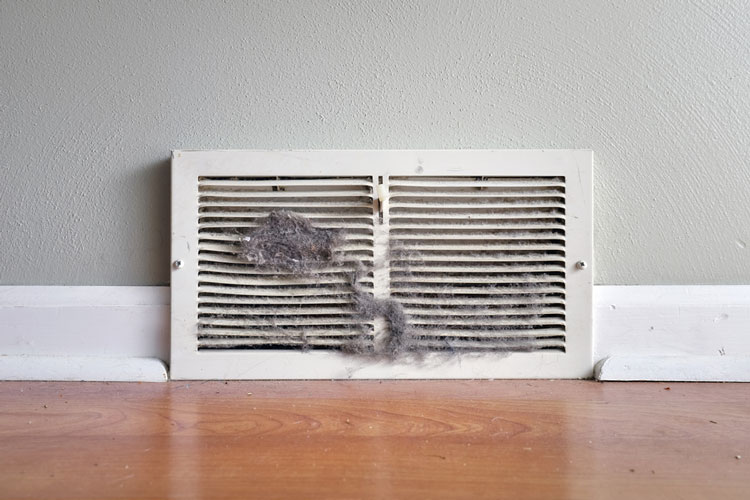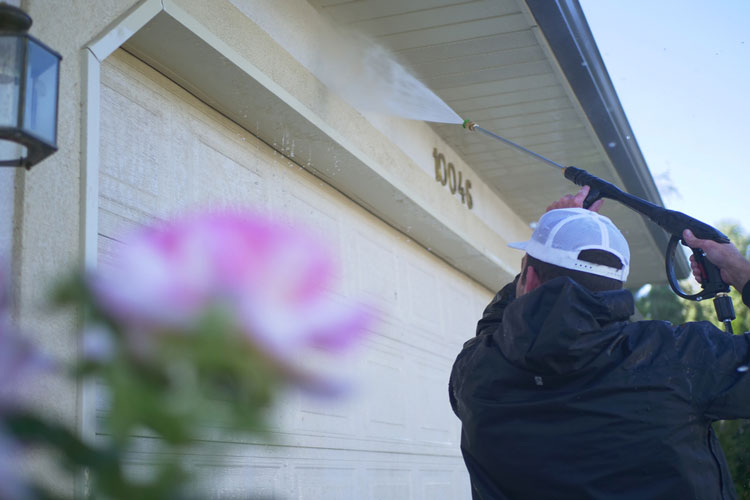Pressure washing is a versatile cleaning method that can rejuvenate a variety of surfaces, from outdoor spaces to vehicles and beyond. However, not all surfaces are created equal, and understanding the types of pressure washing is crucial to ensure effective cleaning without causing damage. In this blog, we’ll delve into the different types of pressure washing techniques and when to use them for optimal results.
Light-Duty Pressure Washing
Light-duty pressure washing is ideal for delicate surfaces and smaller cleaning tasks. It involves using low pressure and a wide spray pattern to gently remove dust, dirt, and grime. This technique is suitable for cleaning patio furniture, outdoor cushions, windows, and vinyl siding. The soft touch of light-duty pressure washing prevents any potential damage to these surfaces.
Medium-Duty Pressure Washing
When you need more power than light-duty cleaning offers but don’t want to risk damaging the surface, medium-duty pressure washing is the way to go. This technique strikes a balance between pressure and cleaning effectiveness. Medium-duty pressure washing is great for cleaning decks, fences, brick walls, and vehicles.
Heavy-Duty Pressure Washing
For tough, deeply embedded dirt and stubborn stains, heavy-duty pressure washing comes to the rescue. It utilizes high pressure and a concentrated nozzle to tackle more challenging tasks. Heavy-duty pressure washing is perfect for concrete driveways, sidewalks, and removing paint from surfaces before repainting.
Hot Water Pressure Washing
Sometimes, certain surfaces require more than just pressure – they need heat too. Hot water pressure washing involves using heated water along with pressure to dissolve and eliminate grease, oil, and grime more effectively. This technique is particularly useful for cleaning greasy surfaces in commercial kitchens, removing oil stains from driveways, and cleaning industrial equipment.
Chemical or Soft Washing
In some cases, using chemicals in combination with pressure washing is the best approach. This technique, known as chemical or soft washing, is employed when dealing with surfaces that require special treatment due to mold, mildew, algae, or other organic growth. The chemicals break down these contaminants, making it easier for the pressure washer to remove them without causing damage.
Roof Cleaning
Roof cleaning is a delicate process that requires a unique approach. Using high pressure can damage shingles and tiles, so a low-pressure technique is employed to remove algae, moss, and stains. Roof cleaning not only enhances your home’s curb appeal but also extends the life of your roof by preventing long-term damage.
Vehicle Washing
Pressure washing is a fantastic way to keep your vehicle looking clean and polished. However, it’s important to use a lower pressure setting and a wide nozzle to avoid damaging the vehicle’s paint or finish. Always keep a safe distance and avoid direct contact with delicate parts.
After Hours Cleaning Services
As you can see, there’s more to pressure washing than meets the eye. Understanding the different types of pressure washing techniques and when to use them ensures that you achieve effective cleaning results without causing unnecessary harm to your surfaces. Whether it’s a gentle touch for delicate items or a powerful blast for tough stains, the right pressure washing technique can make all the difference in keeping your surroundings pristine and well-maintained. Call After Hours today for a pressure washing service at 305-962-6291



